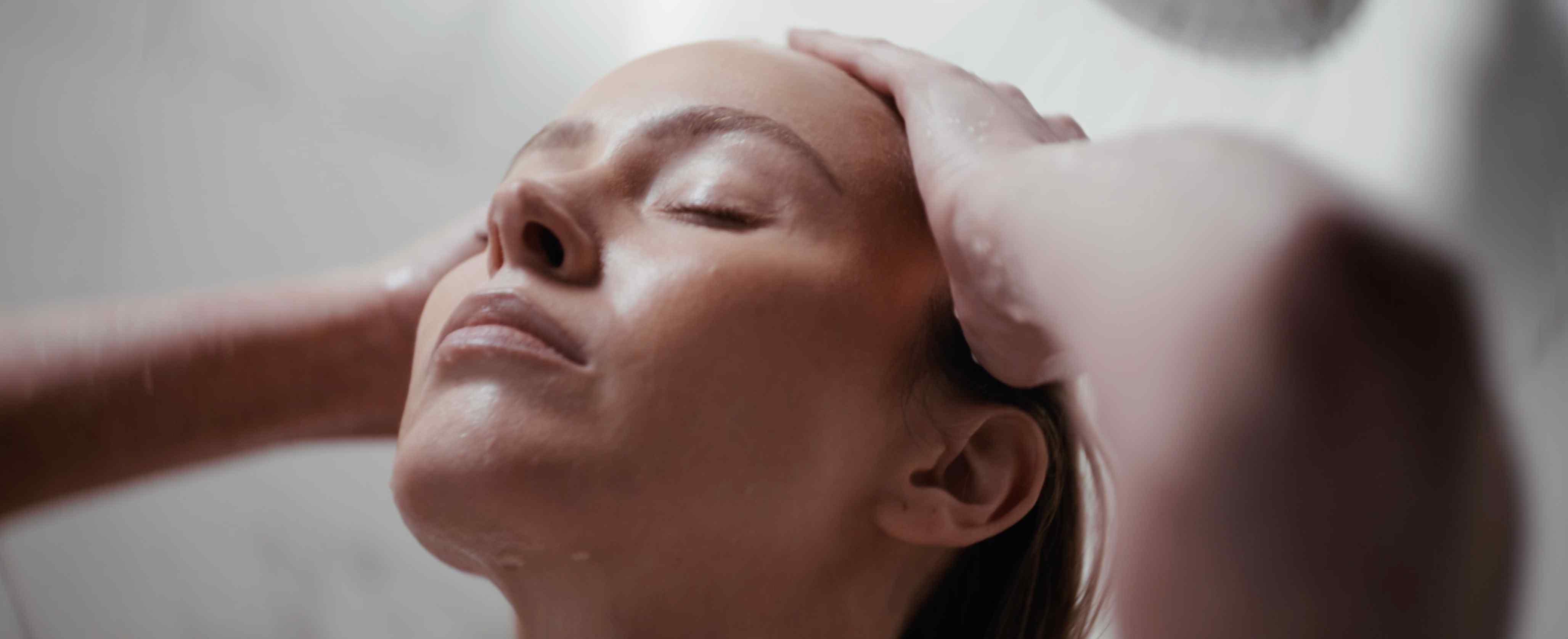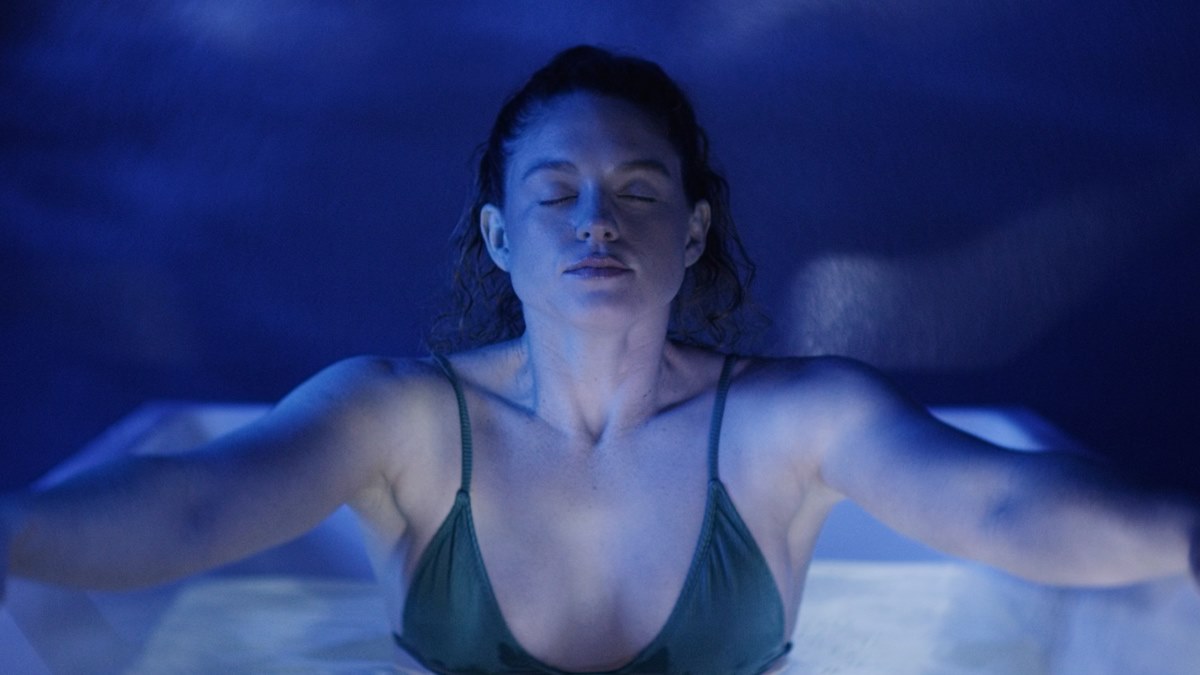At Altered States Wellness, we understand how powerful cold plunge therapy can be when integrated thoughtfully into a wellness routine. Before diving into the science and benefits, we offer guided sessions to ensure that guests begin with safe, gradual acclimation.
Cold plunges have become a mainstream wellness trend, yet they are accompanied by myths and misunderstandings. Separating fact from fiction empowers people to make informed decisions and feel confident exploring this practice. This article covers a wide range of misconceptions, from safety concerns to what you should expect physically and mentally.
Cold plunges will chill your immune system
One common fear is that exposing your body to extreme cold might suppress immunity. That belief stems from conflating acute stress with chronic stress. When you subject your body to a cold plunge for a brief time, it triggers a temporary stress response—but not a harmful one. In fact, short-term cold exposure activates the sympathetic nervous system, releasing adrenaline and norepinephrine. Many practitioners report heightened alertness and a feeling of rejuvenation afterward.
Your immune system isn’t weakened. Emerging research indicates that cold exposure may even increase the count of anti-inflammatory cells and support immune resilience. Those studies typically describe frequent, brief cold sessions, not marathon plunges. With proper technique, your body’s systems learn to balance and adapt—much like it does with exercise, sauna, or intermittent fasting.
You need to plunge into freezing water right away
It’s easy to assume cold plunge is an all-or-nothing experience. People worry: “If I’m not in sub-zero water, I’m missing out.” The truth is that cold therapy exists on a continuum. Water temperatures between 10–15°C (50–59°F) are still powerful, especially for newcomers. Serious practitioners might go even colder—but every step deeper requires preparation.
A gradual approach is more strategic. Many experienced cold plungers begin with just 30 seconds at 14°C, then gradually increase time or reduce temperature over weeks. Your cardiovascular system adjusts, blood flow patterns shift, and the stress response becomes more refined. Abruptly doing an icy plunge without preparation can cause breathlessness, panic, or even mild shock—exactly what you want to avoid.
Cold plunges cause hypothermia or frostbite
Worries about hypothermia or frostbite make sense if your mental image is prolonged exposure to ice water in the Arctic. But carefully regulated cold plunges last just a few minutes at most. Frostbite doesn’t arise unless you’re submerged in sub-zero ice water for well over twenty minutes—and even then, it happens only in localized areas, like fingers or toes.
What’s crucial is monitoring: note time spent in the water, track how your extremities feel, and watch for signs like numbness or tingling. When done correctly, cold plunges activate protective vasoconstriction, directing blood to vital organs while warming tissues. This natural defense keeps core body temperature within a safe band. Anyone with unique health circumstances should check with a knowledgeable provider before starting.
Cold plunges are only for athletes or fitness fanatics
Many assume cold plunges are “athlete-only.” That misconception arises because professional sports often show post-game ice baths. While athletes love immersing their legs for recovery, that’s only one application. The benefits extend far beyond performance optimization.
Cold plunges can sharpen cognitive focus, elevate mood, balance stress hormones, and support circadian rhythms. Corporate professionals seeking clarity, creatives entering flow states, and individuals managing stress may all find value. Scientific findings indicate that regular cold exposure can enhance mood by increasing levels of neurotransmitters like norepinephrine, with some studies showing positive impacts on mild depression and anxiety.
It isn’t a niche ritual—it’s an accessible wellness tool. With proper guidance, almost anyone can integrate cold plunges into a lifestyle that supports resilience and well-being.
You’ll feel terrible the whole time
Public perception often dramatizes cold therapy as painful or unbearable. Yes, your body senses that shock at first, but “painful” doesn’t have to mean “unpleasant.” Most people describe the initial moments as intense, but not traumatic. As circulation adjusts and endorphins flood in, many report a sense of warmth, clarity, or calm during the plunge. When they step out, there’s often a lingering glow, both physically and mentally.

Misperceptions stem from thinking discomfort lasts the entire time. It fades quickly, replaced by a deep, regulated sensation. One simple breathing technique—to focus on long exhales—often helps manage the initial gasp reflex and maintain composure. What may begin as a sharp jolt can become a peaceful, focused experience in just seconds.
Breathing goes out the window
Some people worry that cold water plunges will cause uncontrollable gasping or hyperventilation. It’s true that the body's natural cold-shock response includes rapid inhalations and an urgent need for breath. Untrained panic breathing can be disorienting, but that's why preparation matters.
Controlled breathing is your best ally. Practice diaphragmatic breaths and mindfulness beforehand. Once submerged, steady your inhales and focus on extending the exhale. Many report this breathing technique becomes meditative—even more centered than yoga or deep meditation. It enhances mental concentration, increases vagal tone, and calms the nervous system. That’s exactly what creates the post-plunge sense of calm and grounding.
Cold plunges are only about recovery
When people first encounter cold therapy, they often frame it purely as recovery—from workouts or injuries. That’s a limited view. Cold plunges can be used proactively: to stimulate alertness, boost mood, bolster the nervous system, and support overall vitality.
That daily immersion can become a wellness ritual—an intentional break in the morning to shift mental state, or an evening session to release tension accumulated during the day. Many users cite how it helps them reset after screen fatigue or emotional stress. Cold plunges may be physiological, but they also function as a form of mindfulness—a moment to reconnect with your breath and body.
Cold plunges aren’t safe during menstruation
Some believe cold plunges disrupt menstrual cycles or cause discomfort during periods. In reality, cold exposure is unlikely to negatively affect reproductive health. It doesn’t disrupt hormonal signaling or shift menstrual timing when practiced within reasonable limits.
What’s most important is individual comfort. If someone experiences cramping or chills during their cycle, they might reduce the duration or choose a milder temperature. The body’s hormonal systems are resilient. There’s no scientific evidence that short cold plunges harm reproductive function or compromise menstrual health.
If you stop, you lose everything
People sometimes worry that cold therapy benefits vanish if they reduce or stop doing it. That’s a misunderstanding. Like any wellness practice, benefits tend to taper without consistent engagement, but there’s no on‑off cliff. The physiological adaptations—from improved circulation to mood balance—are built gradually.
Skipping a few days might lessen acute endorphin surges or alertness spikes, but your system retains the groundwork. Restarting is usually smooth. Consistency is valuable—but the process is flexible. For most people, cold plunges enhance, not define, their health journey.
“I’m too old,” or “I’m too frail”
Age and fitness level often discourage people from trying cold plunges. Reentry athletes or elders listening to these messages may avoid something beneficial. Realistically, age alone doesn’t disqualify someone.
With adjustments—like starting in milder temperatures, using shorter intervals, sitting rather than full submersion—the nervous system still receives training. Many older individuals report improved mental clarity and reduced stiffness. Slowing the pace of progression is not a drawback; it’s a sign of wisdom and respect for one’s body.
You can’t combine it with warming therapies
People often wonder if using infrared saunas or red light therapy before or after cold plunges disrupts the effects. Those are two methods that complement each other beautifully. That hot‑cold contrast can amplify circulation, detoxification, and stress resilience. Alternating between therapies activates vascular responses and cellular signaling.
Most practitioners who offer both modalities recommend starting with the warm therapy and ending with the cold plunge. The contrast enhances circulation and may deepen the mental benefits. It’s not only safe—it can enhance results.
“It’s just a trend and not sustainable”
Concerns about sustainability and safety with home devices are valid. Some cold tubs lack temperature controls or safety monuments. That’s why guided sessions are invaluable, especially for beginners. Starting with expert supervision helps you find the right duration, temperature, and breathing protocol.
Long-term sustainability lies in personalization. It’s not about mimicking a wellness influencer’s routine—it’s about what fits your biochemistry and life rhythms. For many, cold plunges become lifelong tools—adapted over months and years. With care, moderation, and an informed approach, it can grow into a balanced, sustainable practice.
Final Thoughts
Cold plunges can offer a unique journey into resilience, focus, and vitality. Misinformation often stems from fear and misunderstanding. Once you know what you’re doing—and why—you unlock a gateway into powerful self‑regulation.
Respect your own process. Start slow, listen deeply, breathe consciously. Real progress isn’t dictated by extremes—it’s shaped by mindful growth, supportive environments, and intention. Cold plunge therapy isn’t a magic bullet, but it can be a meaningful companion on your wellness path—when approached with awareness and clarity.




